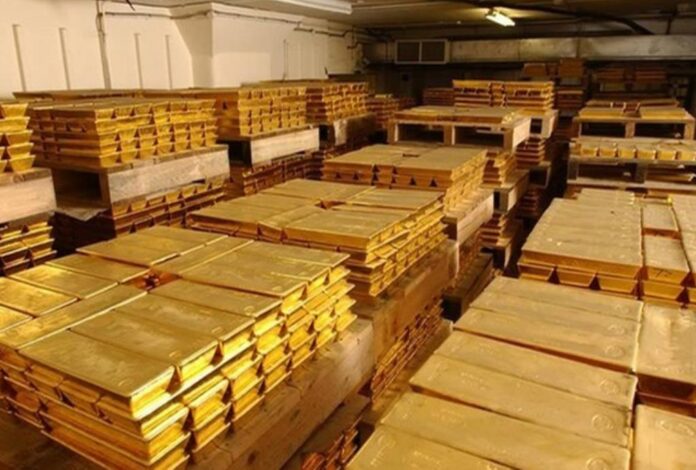
We have heard it said that Agyapa will operate as a royalty company. In the industry, a royalty company is one that funds mining projects and,normally,in return receives royalties from the revenue that those projects yield.The fact that Agyapa is being assigned royalties payable to Government does not, by itself, make it a royalty company.
If Government and the MIIF have decided that Agyapa would operate as a royalty company in the conventional sense, this presumably means that a business plan has been developed identifying prospects the company will fund,with an analysis of what those projects will yield. If such a business plan exists, we would be very interested in looking at it as, we are sure, would the Ghanaian public.
It is, of course, not the case that simply because Agyapa operates as a royalty company, it will make profits like successful ones do. We understand that questions have been raised as to why we used different royalty rates in the revenue computations attached to our statement.
In fact, the notes in the attachment explain this quite clearly. Of the eleven companies we have considered, the royalty rates for those that produce sixty per cent of the total volume are on a sliding scale, while the others have a fixed rate of 5%. So in computing royalty revenue from the mines for any year, you must take account of the fact that the gold price affects the rate to be paid by the sixty per cent producers and also give appropriate weight to what their production represents as a percentage of the total.
This transaction has huge implications. It is important for its legitimacy and for the country that it does not appear that it is being railroaded through in the face of genuine concerns which have not been adequately addressed.31August 2020.
Profiles
Kofi Ansah was founding Chief Executive of the Minerals Commission. He was in office from 1984 to 1999. He played a central role inthe reforms of the fiscal and regulatory regimes which led to the rehabilitation of the mining sectorandwas involved in negotiations on major mineral projects. He has also been a non-executive director of some major mining companies.
Fui Tsikata lectured at the Law Faculty of the University of Ghana for twenty-nine years. Hehas been in law practice for forty-five years.He has significant experience working on mineral and energy law and policy issues in Africaand played an advisory role in Ghana’s mining sector reforms
Source:Ghana|Starrfm




0 Comments